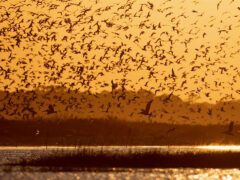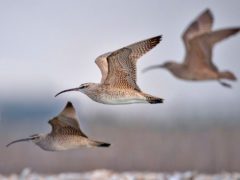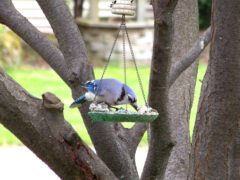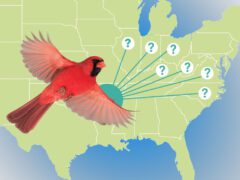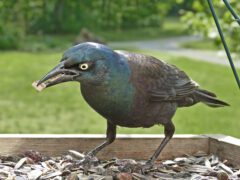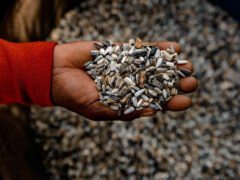A robust, large shorebird with a very long, curved bill and relatively long neck and legs. The wings are long and pointed; the tail is short.
Relative Size
Larger than a Willet, smaller than a Long-billed Curlew.

 crow-sized
crow-sizedMeasurements- Both Sexes
- Length: 16.9-18.1 in (43-46 cm)
- Weight: 10.9-14.3 oz (310-404 g)
- Wingspan: 31.5-32.7 in (80-83 cm)
- Length: 16.9-18.1 in (43-46 cm)
- Weight: 10.9-14.3 oz (310-404 g)
- Wingspan: 31.5-32.7 in (80-83 cm)





































